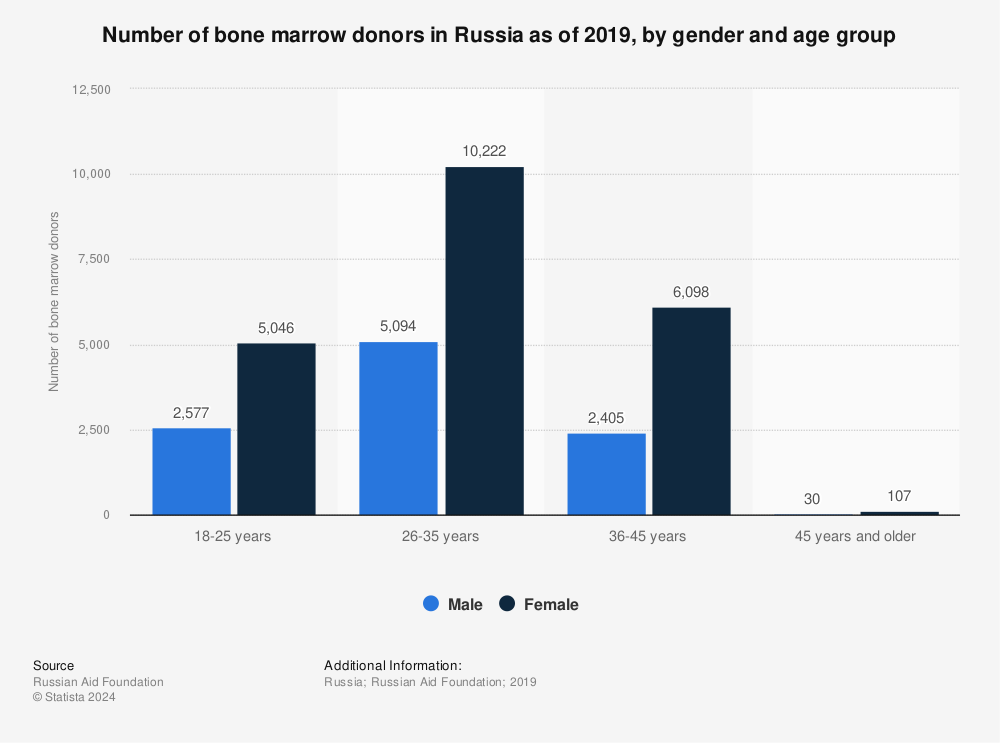Allogeneic Bone Marrow Transplant- This article is a complete guide for an Allogeneic bone marrow transplant for beginners. Here the reasons why it's done and how it's done are explained.
Introduction-What is an Allogeneic Bone Marrow Transplant?
Bone Marrow Transplant is a medical procedure to treat the cancers that occur in the cells of bone marrow. Cells needed for transplant are either taken from the same individual or the donor.
Success is achieved in treating cancer diseases like leukemia, lymphomas, Immune problems, Aplastic anemias, and more.
Bone marrow is a spongy tissue, presents inside the bones. Stem cells are the ones that can generate other blood cells. The most primitive of stem cells are called pluripotent stem cells.
These are different from others as they have the ability to form other cells identical to themselves. And also differentiate into any of the blood cells (RBC, WBC, platelets).
When damage occurs to the hematopoietic stem cells, they will not differentiate into any cell-like RBC, WBC, and Platelets. so the functions of these cells will be affected. Functions include:
- Red Blood Cell: Transport oxygen to the body and Carbon dioxide away from the body.
- White Blood Cell: Helps in the defense against pathogens in the immunity.
- Platelets: Helps in the formation of Clots.
Why Allogeneic Bone Marrow Transplant is Needed?
A Bone Marrow Transplant is needed if an individual is having unhealthy stem cells in his marrow. The goal of this Transplant is to cure different diseases including Cancers, Infections, etc. Following are some reasons why it's needed:
- If the chemotherapic treatment of cancer can damage the hematopoietic stem cells, then a bone marrow transplant is needed.
- If the bone marrow is affected by any disease, then this procedure is needed.
- It is needed to regenerate the immune system to fight against residual cancers and other infections.
- If chemotherapic treatment results in the damage of bone marrow leading to the impairment of its function. Then Hematopoietic transplant is needed for normalizing the function called Rescue.
- If any genetic disorder is there in the marrow, then a healthy bone marrow transplant is needed like in Thalassemia, sickle cell anemia, and congenital neutropenia which are inherited disorders.
- Helps in the treatment of cancerous and non-cancerous diseases like acute leukemia, aplastic anemia, lymphomas, immune deficiencies, plasma cell disorders, etc.
Types of Bone Marrow Transplant
On the basis of the source of stem cells, bone marrow transplants have different types. Two major types are explained below:
1) Autologous Bone Marrow Transplant:
When the stem cells are taken from the patient through Bone marrow harvest or apheresis. As Autologous Bone Marrow Transplant is used rarely nowadays.

Normally when chemotherapy of a cancerous patient is needed, doctors remove these stem cells from the body. Then introduced after chemotherapic treatment.
Autologous Bone Marrow Transplant reduces the risks of Graft versus host disease.
2) Allogenic Bone Marrow Transplant:
When a donor is involved in the bone marrow transplant whose genetic sample is matching, then it's called Allogenic Bone Marrow Transplant.
Genetic Compatibility of the donor is important in it. Some of the individuals will have a graft-versus-cancer cell effect in the body, in which stem cells will be killing the cancerous cells.
A compatible relative is the best choice as a donor. Medications are prescribed by doctors to minimize the responses of the immune system for killing new cells.
According to research done in Russia in 2019, the largest number of donors were aged between 26 to 35 years. Also, the majority of them were females. As it is used to treat blood cancers and other diseases.

Find more statistics at Statista
Complications related to Transplant
This Allogeneic bone marrow transplant possesses a lot of complicated risks either life-threatening or normal. Symptoms are different for each individual.
Following are the few complications related to bone marrow transplant:
1) Infections: The most common risk factor related to transplant is getting infected. This infection may be bacterial, viral, or fungal.
Although Bacterial infection is the most common of all. While the other two fungal and viral are the life-threatening ones.
Medications like Antibiotics, Anti-viral drugs, and Anti-fungal drugs are although prescribed to lower the immune problems.
2) Low RBC and Platelet Count: Due to the non-functioning of bone marrow, it might lead to thrombocytopenia(low platelets) and anemia(low RBC). So it may have the consequences of bleeding.
3) Pain: Pain is also one of the risk factors of an Allogeneic bone marrow transplant. Sometimes the inflammation of the mouth occurs called Mucositis. May be due to chemotherapic and radiations treatment of cancer.
4) Organ Damage: This transplant may lead to organ failures. The organs like the heart and liver may be permanently or temporarily damaged due to the infections like GVHD, high doses of chemotherapy, etc.
5) Graft-versus-host disease: This is only the risk factor of an Allogenic marrow transplant, in which the donor's immune system attacks the body of a patient.
All of a sudden occurs as the immune cells of the donor recognizes the body as a foreign one. Medications are used to suppress immune responses like this.
Conclusion-Allogeneic Bone Marrow Transplant
This whole article explains the different aspects related to Allogeneic bone marrow transplantation. The marrow transplantation is done for the rescue and treatment of the individual. Might be possible that any risk factor occurs or even lead to a very dangerous stage.
This whole is done after a lot of research. If you want to know more about different topics related to this or medical, then comment below with your ideas and suggestions.














